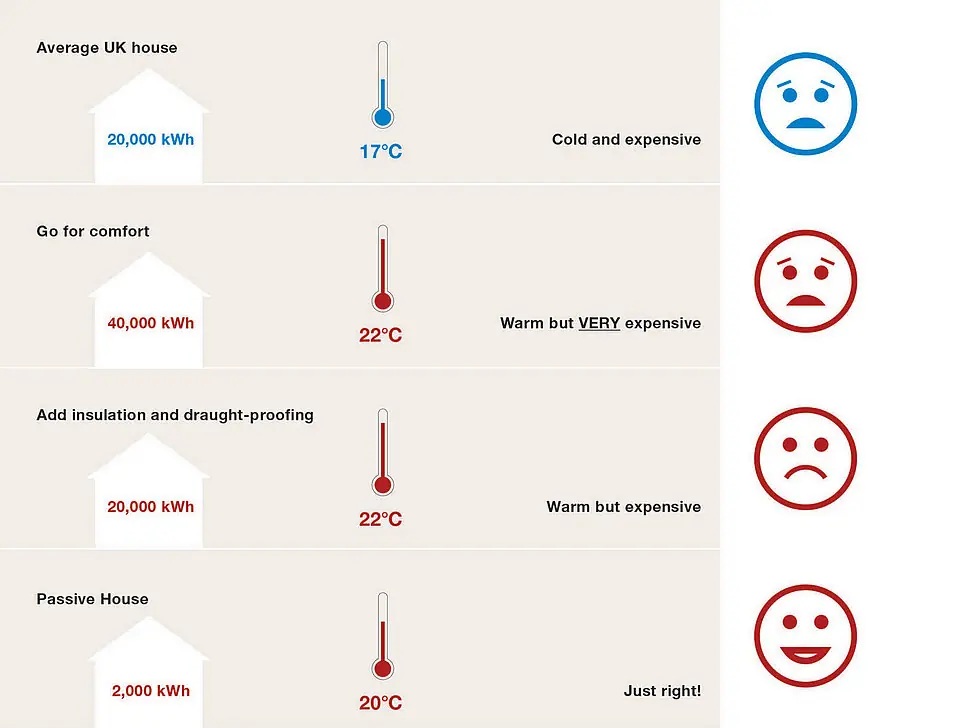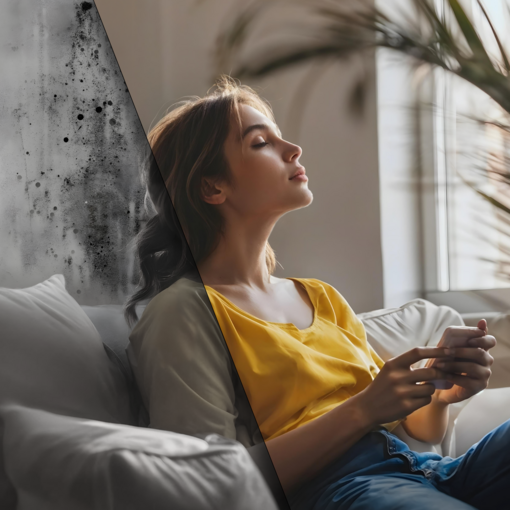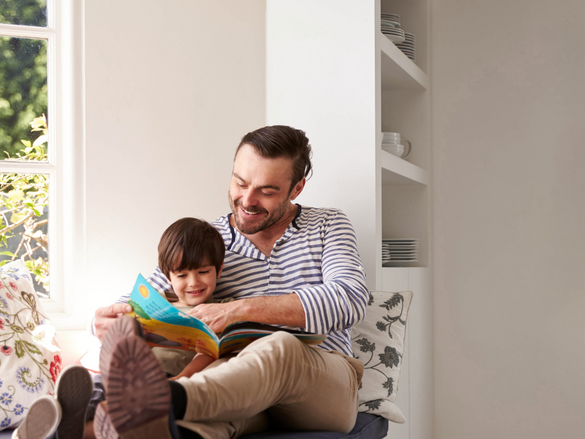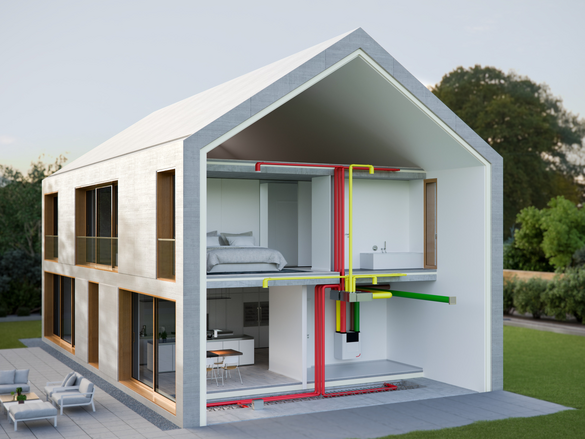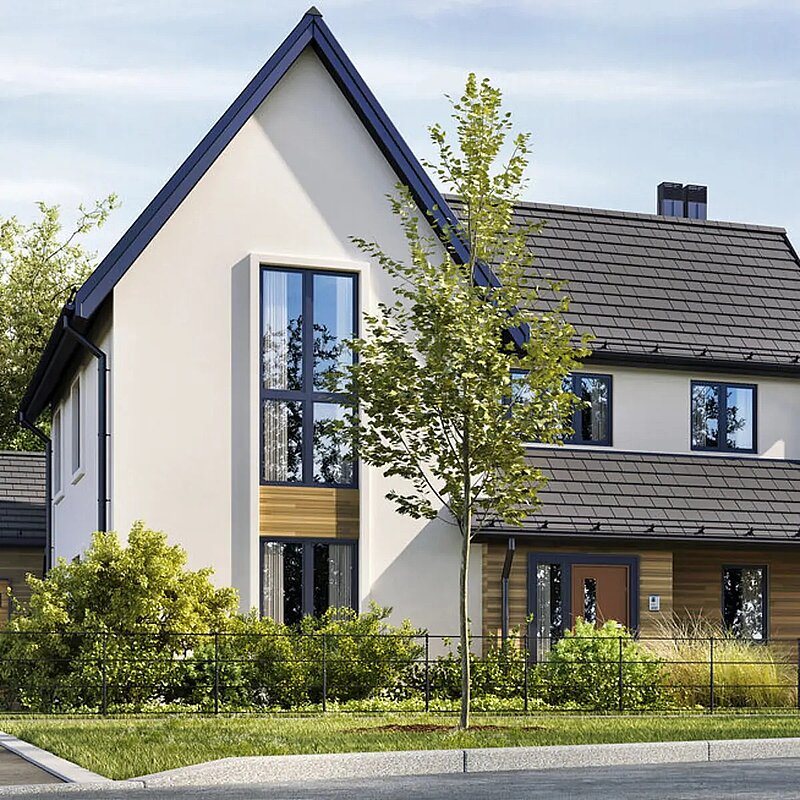
Passive House and low energy buildings
Passive House represents a revolutionary approach to energy-efficient building, offering an innovative method for residential construction that prioritises thermal comfort and affordability. Delve into the history, principles, and applications of this pioneering concept, and learn how Zehnder's contributions are leading the way in the UK's Passive House movement
